VietNamNet Bridge – One of the unique features of the Hang Kenh communal house in the northern port city of Hai Phong is nearly 400 dragons carved on wood plates, each with a different appearance.
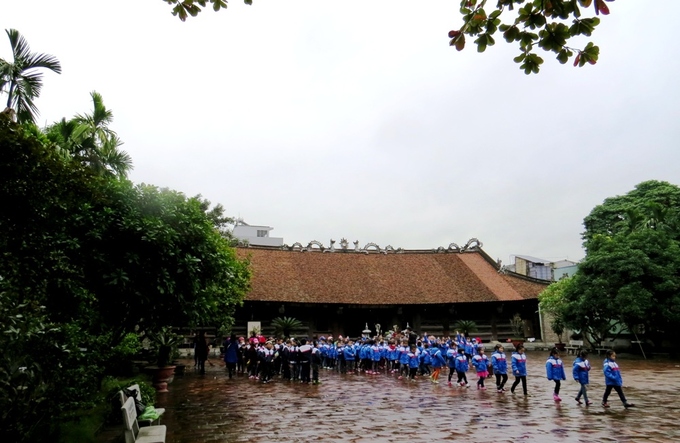
Hang Kenh is also known as “Nhan Tho” communal house, located in Nguyen Cong Tru street, Hang Kenh ward, Le Chan district of Hai Phong city, worshiping Ngo Quyen.

In 1962, the communal house was ranked by the state as a national architectural and art relic site.
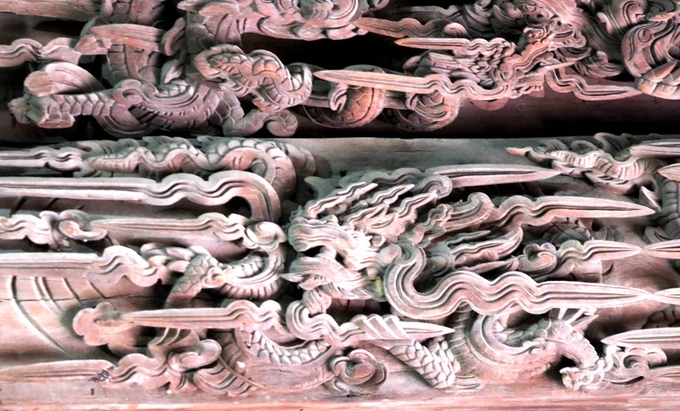
There are more than 100 carved pieces, where the dragon – one of the Vietnamese people’s “four spiritual animals” – is the main theme.
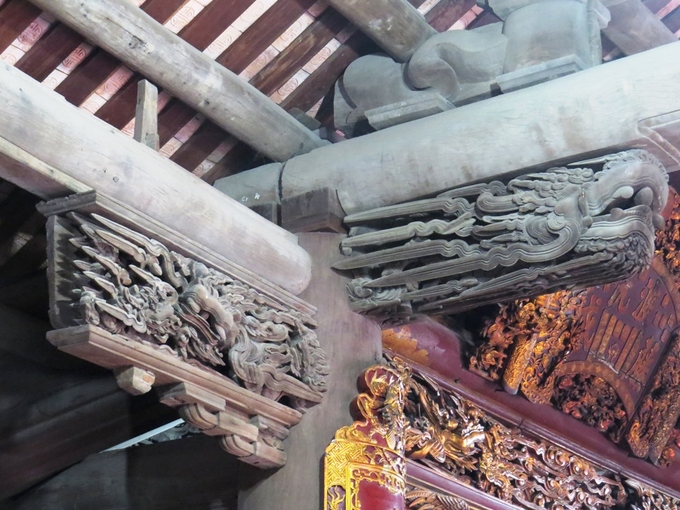
Nearly 400 dragons are carved in the communal house; each looks different, with different position. There are mother and baby dragons together amid trees and flowers.
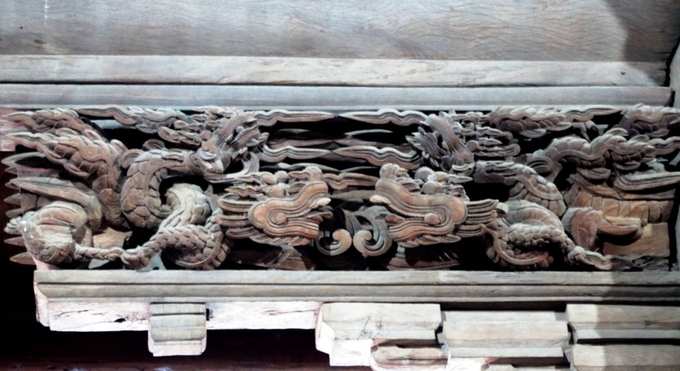
Visiting the communal house, visitors will be lost in the world of incredibly lively, bustling, fanciful dragons.
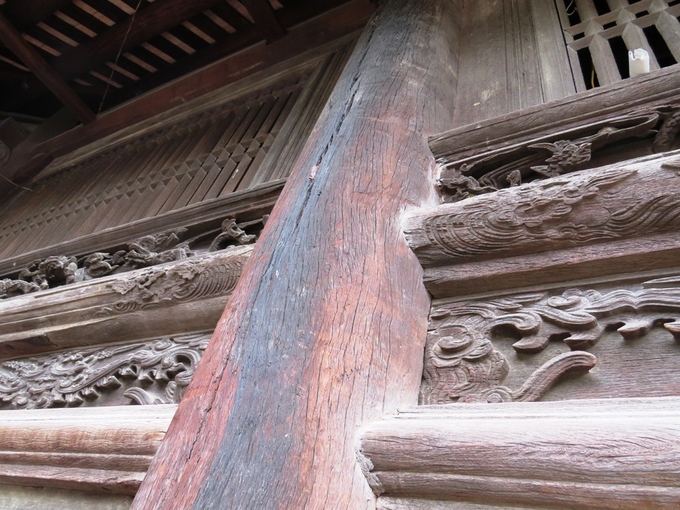
According to historian Ngo Dang Loi, this is the most beautiful ancient communal house in Hai Phong and one of the typical communal houses in Vietnam.
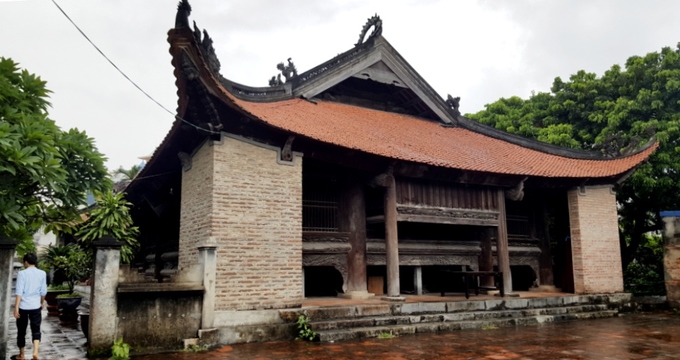
The patterns are carved directly on the large wood trunks.
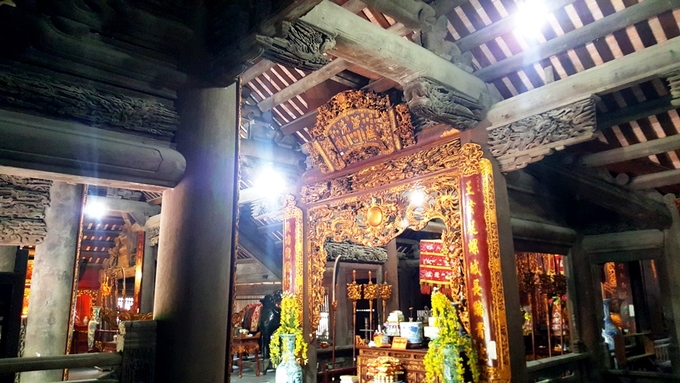
The communal house was built mainly of ironwood, only four corner of the family is brick wall thin.
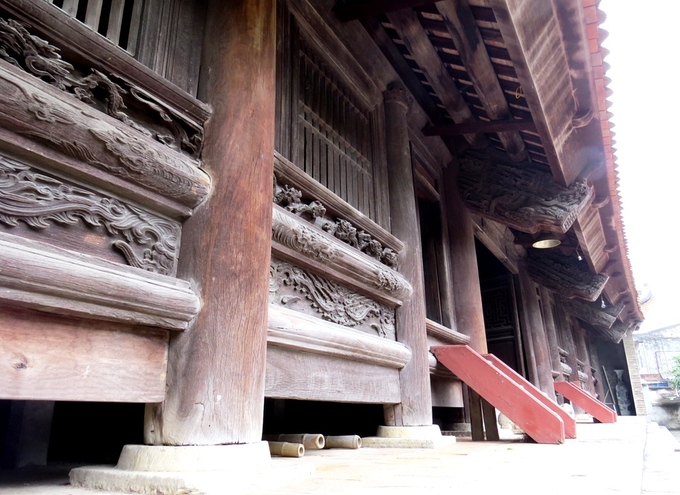
The communal house was built in 1719, under the Le Dynasty. In 1851, in King Tu Duc’s reign, the communal house was restored. The most recent restoration was in 2005.
Hang Kenh communal house consists of two parts: the main hall and the harem. The main hall includes five compartments, with 32 large iron wood columns. Each column is five meters high, 2 meters in perimeter.
The floor is also paved with ironwood, nearly one meter above the ground to prevent moisture, helping the communal house endure over time.
T. Van
Photo: VNE